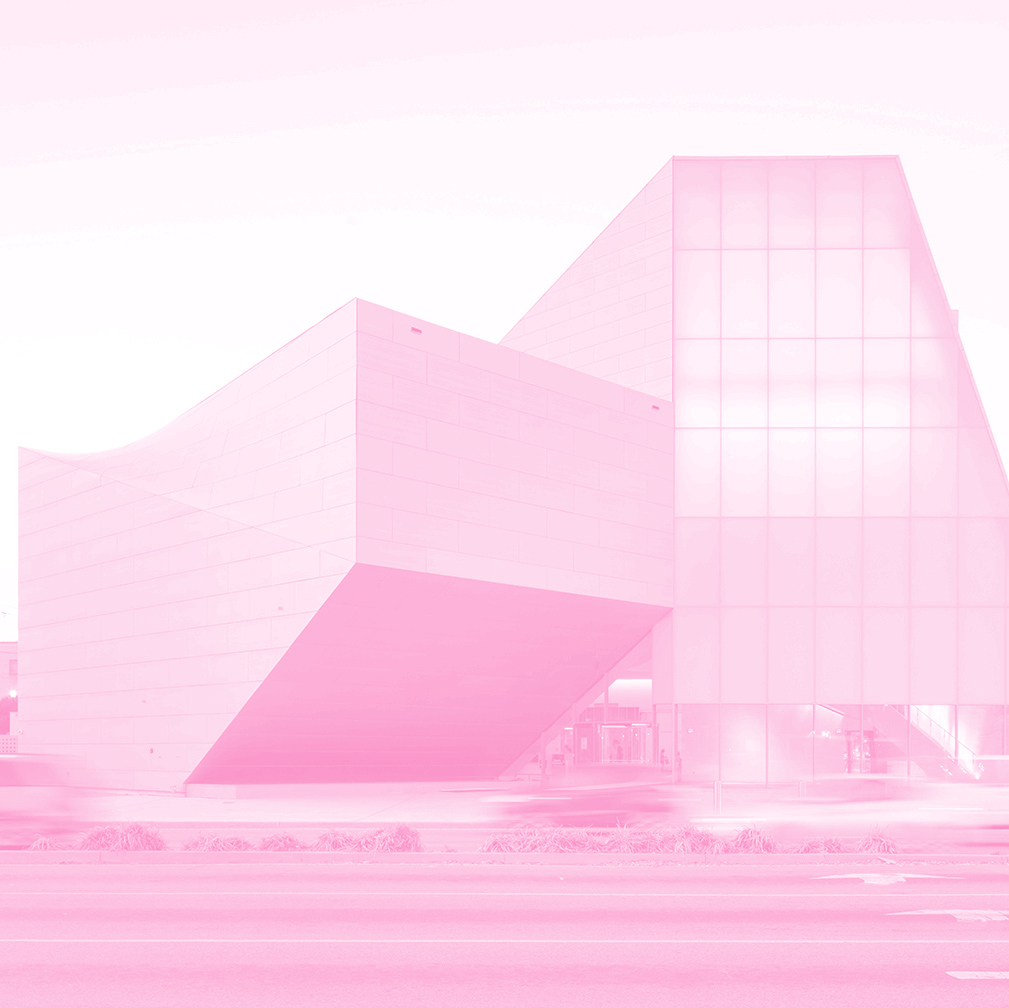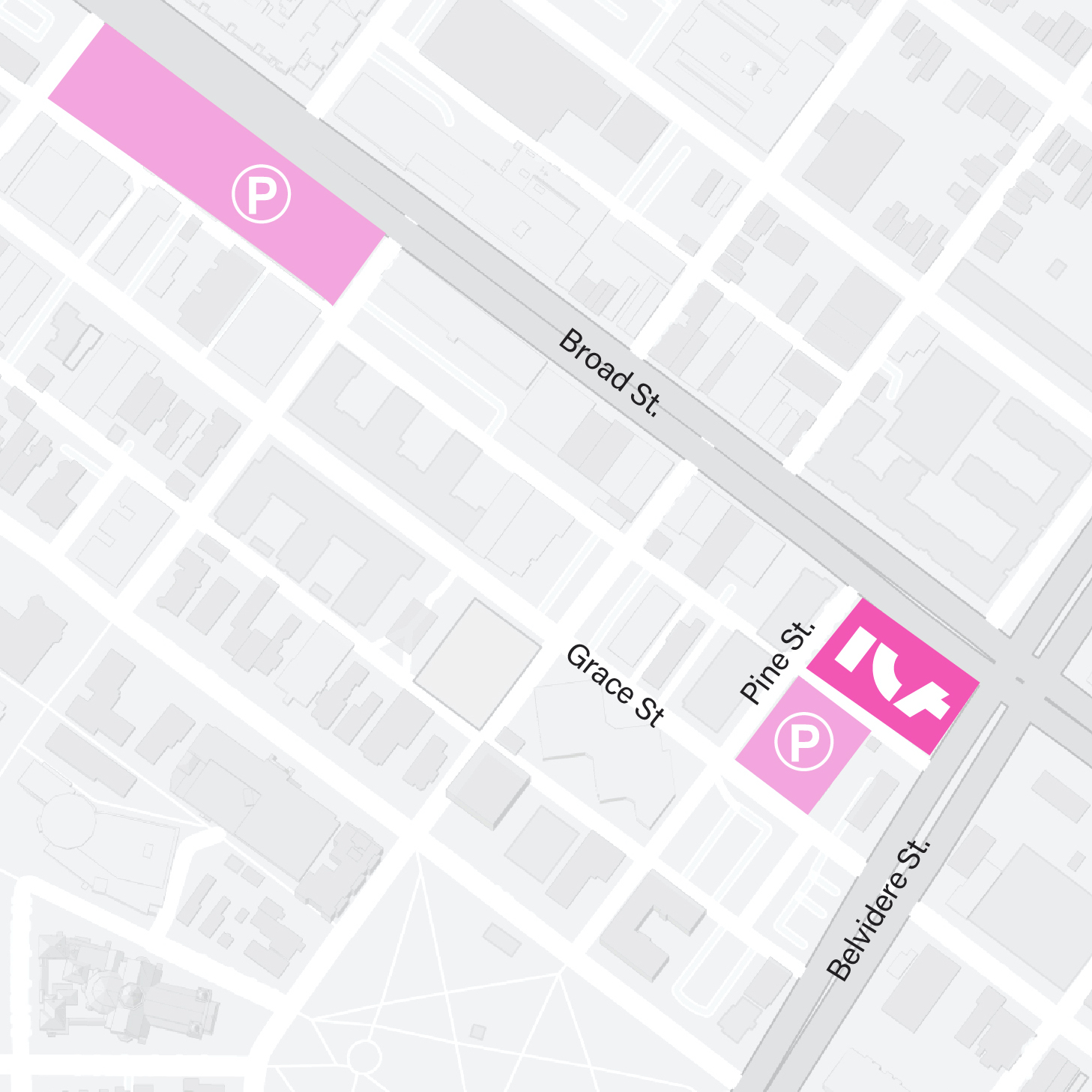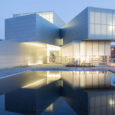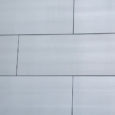TRANSCRIPT
Architects Holl and McVoy
MICHAEL LEASE: Pause here, in the open area leading up to another entrance. Have a seat if you like. We’ll share some thoughts on this view of the building’s exterior. First, here’s the architect’s Senior Partner, Chris McVoy:
CHRIS MCVOY: The Rheinzink is a material that registers the changing atmosphere because of its sheen. It’ll look different on a cloudy day than a sunny day, and that is another way that architecture can connect to time to be dynamic.
MICHAEL LEASE: The lead architect is Steven Holl.
STEVEN HOLL: This white glass, this Okalux white glass, it’s like a Japanese shoji screen, so this kind of blue-green Rheinzink working together with this sort of white glass, that’s very important as well.
CHRIS MCVOY: Architecture is a collaboration, and we’ve had an incredible design team on this project; BCWH, our Richmond architects, deserve tremendous credit for the building. The engineers also, Silman engineering, they’re the structural engineers. To have forking galleries hanging there in space, and feel weightless, is not easy. Gallery 2 is hanging there, hovering there, it’s perfect, the proportion, it doesn’t feel like it’s heavy, but it also feels stable… Silman did an amazing job engineering this building. When you aim to make a work of architecture that’s a work of art, it takes a great team to realize it.
The Thinking Field
MICHAEL LEASE: The entire area leading up to this entrance is ‘The Thinking Field.’ It’s part of the architect’s original planning for the building, and it’s an urban garden. Swipe through the images to see details.
REBECCA AARONS-SYDNOR: The Thinking Field is comprised of the bluestone pavers and a variety of vegetation, and the Reflecting Pool.
MICHAEL LEASE: Rebecca Aarons-Sydnor is the ICA’s green building consultant.
REBECCA AARONS-SNYDOR: The Reflecting Pool provides some evaporative cooling in the hotter months. The plantings were selected to be hardy and easy to maintain. There’s no irrigation on the building and they were selected to provide an environment for thinking, contemplation, quiet, to occur. What I like about the bluestone is it has a very matte, soft finish to it and the color is this blue gray that I think is very calming. And part of the reason that was selected is because it goes very well with the zinc panels on the building and, as the zinc patinas, their colors are going to kind of merge and become closer and closer together.
MICHAEL LEASE: If you look carefully at the bluestone pavers, you’ll see that, along with the large rectangular slabs, there are also some clusters of narrow pieces, set at angles. These refer to the angular forking structure of the building. These shapes are used inside the building too, as decorative finishes. Look inside the ICA’s elevator, for example.
LEED Certification
MICHAEL LEASE: The ICA is very proud of our LEED certification.
REBECCA AARONS-SYDNOR: LEED stands for Leadership in Energy and Environmental Design and it was written almost 20 years ago as a means to create a third party definition for what ‘green building’ is.
MICHAEL LEASE: That’s Rebecca Aarons-Sydnor, the ICA’s green building consultant.
REBECCA AARONS-SYDNOR: And it focuses on every aspect of the building from the site design to energy use and water use and materials and how people feel in the building. Some of the ways that you can see the sustainability in the exterior would include the bluestone pavers that are throughout the exterior; they’re from within I think 270 miles of our project; it’s really great because it’s so heavy and it takes a lot of fuel to bring something like that from where it’s extracted to where it’s being used. They’re very resistant to freeze/thaw and so they’re going to last forever and look great.
MICHAEL LEASE: And looking at the exterior of the building itself:
REBECCA AARONS-SYDNOR: The exterior cladding is zinc and while it comes from Europe, it has a lot of recycled content. It’s also a natural mineral material and it requires very little maintenance, and it’s extremely durable and it will patina over time to kind of a dull gray. And it’s also a natural fungicide which I find interesting which makes it even easier to maintain. So it’s a really environmentally sound selection for where we are and what this project is about.

 Closed
Closed

 Area Map
Area Map  Parking
Parking 

